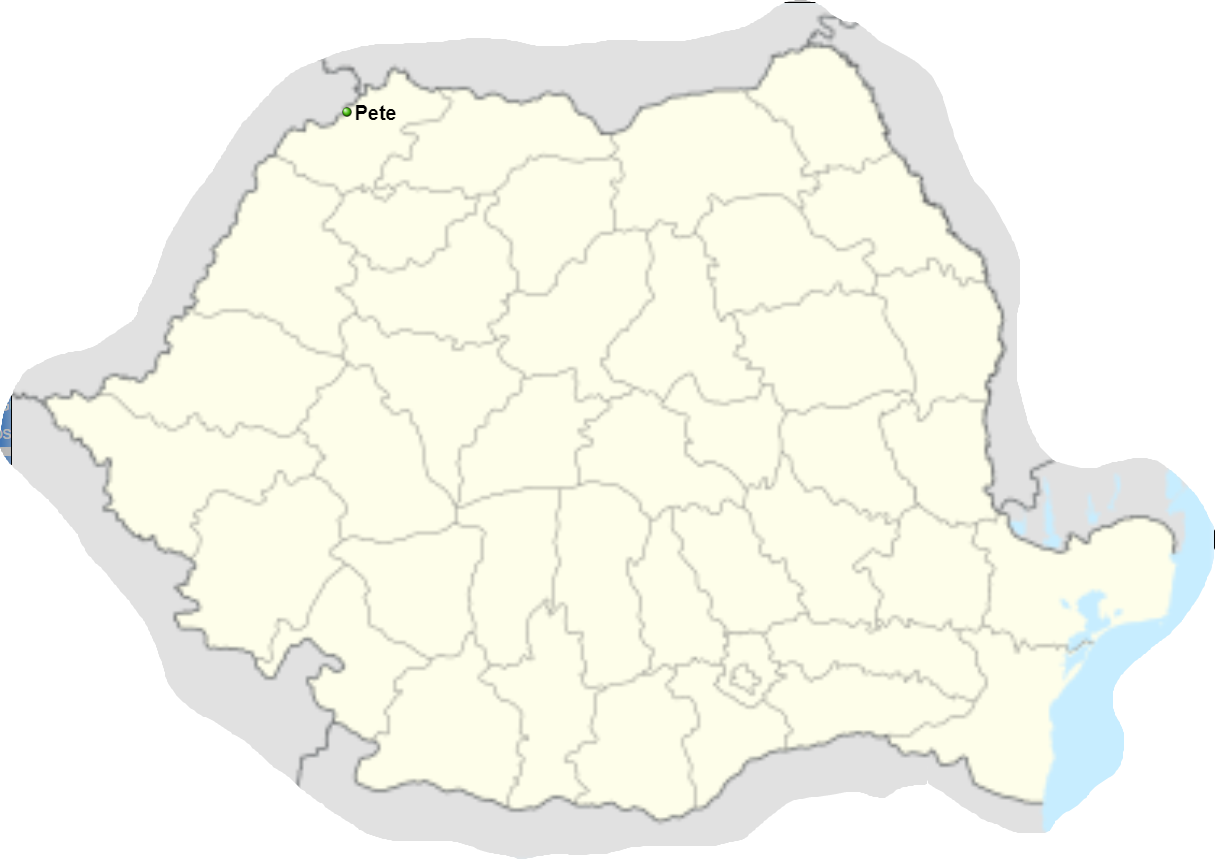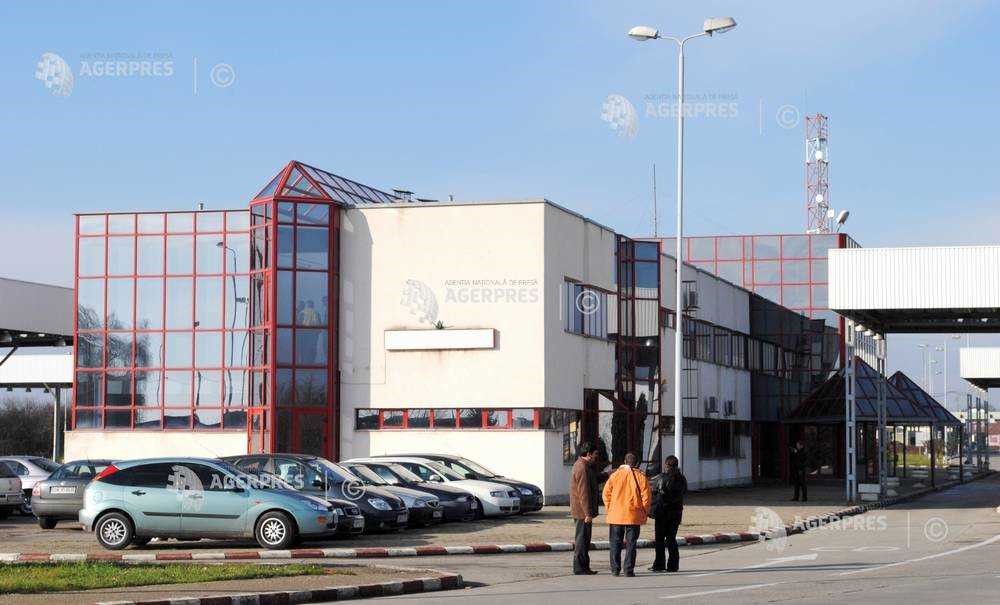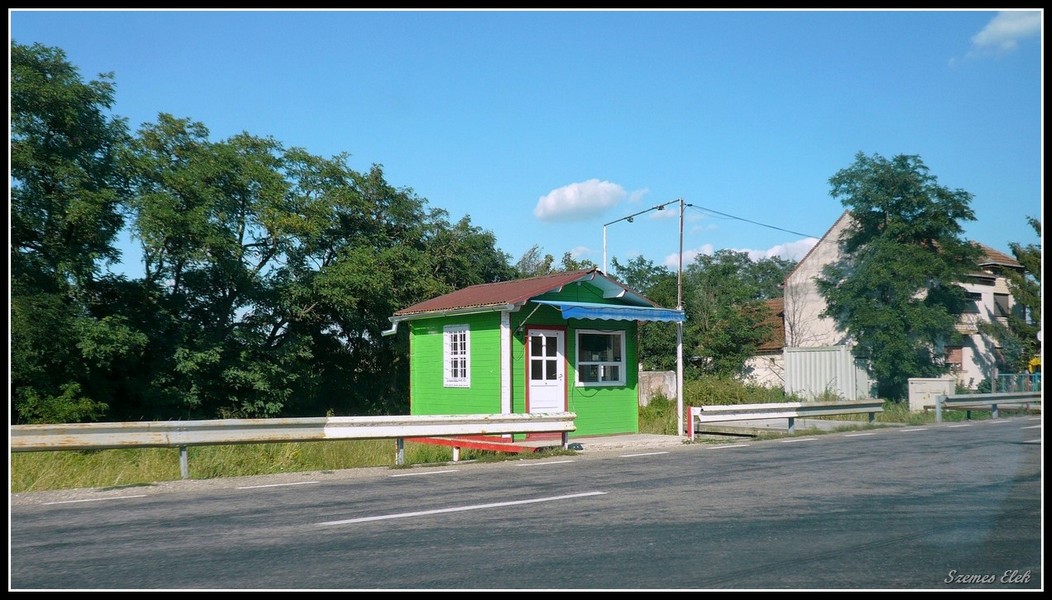Petea is a village in Dorolț commune, Satu Mare county, Transylvania, Romania.The town is located on the western border of Romania, on DN19A, being the border point with Hungary. Traffic of people and goods is allowed through the border point. The town is located about 8 km from the municipality of Satu Mare.
The village is attested for the first time in 1215 in the Regestrum Varadinense, where a Pristaldus (judicial official in the court of the Kingdom of Hungary) named Kázmér, originally from the village, is mentioned.
In 1314, Tiba’s son of the Gutkeled family: master Mihály, the ancestor of the Apagyi family and his son István, Tiba’s son Péter, the ancestor of the Atyai family and his brothers: László, János and Tamás divided their inherited estates.In 1409, the Csáky family was incorporated into half of the settlement, while the Drágfia were incorporated into the other half.In 1431, it is passed as the property of the Károlyi family, in 1437 of the Gacsályi family, but in 1470 the Csató family also owned property here.
Petea was already mentioned as a wasteland in 1455 and remained a wasteland until the 18th century.His name is mentioned in a 16th century Reformed church calling card as Kun Pete.The settlement was decimated by wars, plague and the Tatar invasion of 1717, which did not develop much in those days. In the 18th century, Count Sándor Károlyi became the owner, who moved it with Romanians.After the border change at Trianon, it was placed on the Romanian side. Today it is part of the border station Petea-Csengersima. Its inhabitants are mainly engaged in agriculture.




